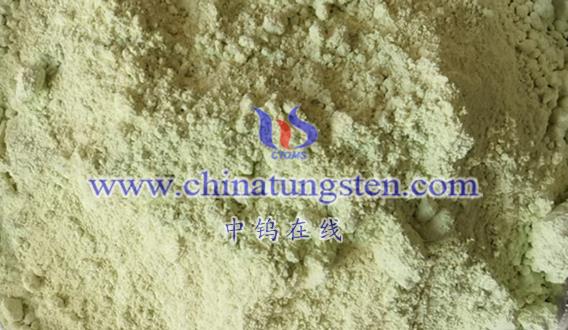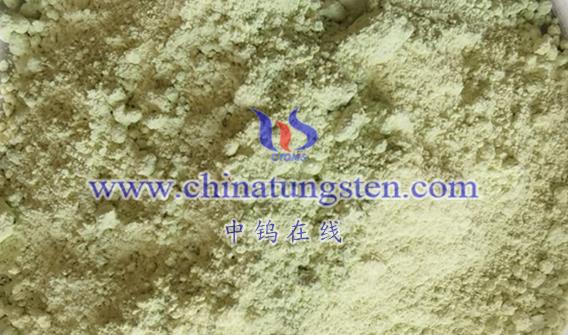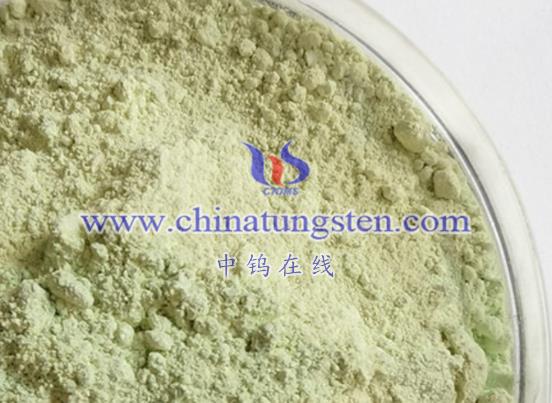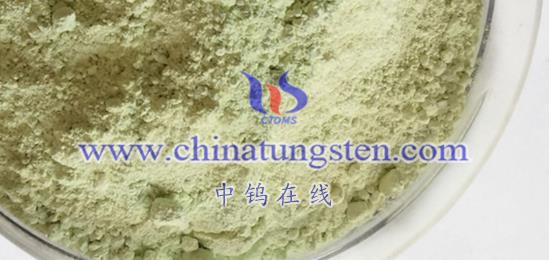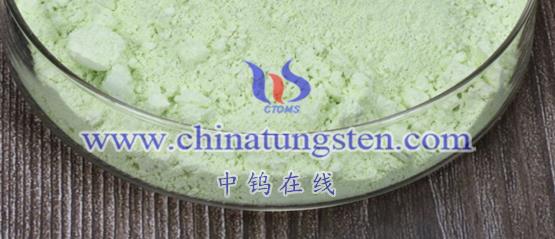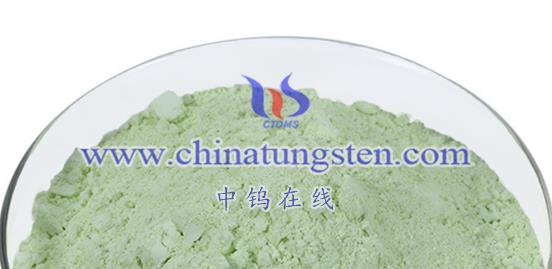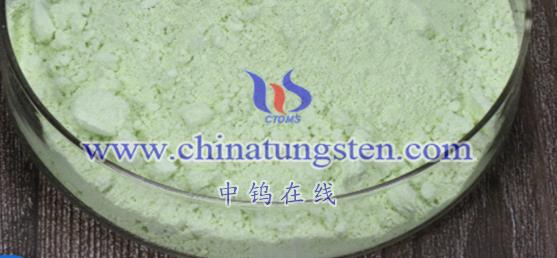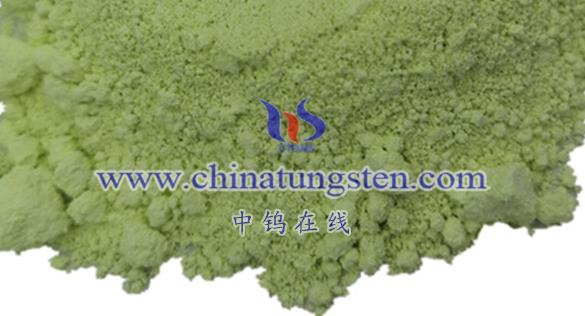
Cubic tungsten oxide (Tungsten Trioxide in Cubic Crystal Structure) is an important inorganic material with broad application prospects in various fields. However, it also has several disadvantages or limitations. Here are the summarized drawbacks:
- High Preparation Difficulty
- Complex Processes: The preparation of cubic tungsten oxide often requires specific synthesis conditions and complex processing methods, such as high-temperature calcination and sol-gel methods. The precise control of these process steps significantly affects the performance of the final product, potentially leading to high production costs.
- Stability Issues: During the preparation process, the crystal structure of cubic tungsten oxide can be influenced by various factors, such as temperature, pressure, and atmosphere, leading to instability or phase changes in the crystal structure. This may reduce the performance and effectiveness of the product.
- Limitations in Optoelectronic Performance
- Narrow Light Absorption Range: The light absorption range of cubic tungsten oxide may be relatively narrow, mainly concentrated in the ultraviolet region. This limits its application potential in the visible light range, particularly in optoelectronic devices that require wide spectral responses.
- Recombination of Photogenerated Electrons and Holes: Similar to many semiconductor materials, the electrons and holes generated by light excitation in cubic tungsten oxide tend to recombine easily, leading to reduced photocatalytic efficiency. This restricts its effectiveness in photocatalytic applications.
- Insufficient Electrical Conductivity
- Intrinsic Conductivity Issues: Although cubic tungsten oxide shows good conductivity in certain respects, its intrinsic conductivity is still relatively poor. This may limit its application in electronic devices requiring high conductivity.
- Challenges in Doping and Compounding: To enhance the conductivity of cubic tungsten oxide, doping or compounding with other conductive materials is often necessary. However, these processes may introduce new defects or affect the stability of the material, increasing the difficulty and cost of preparation.
- Limitations in Practical Applications
- Cost Issues: Due to the complex preparation processes and high production costs, the price of cubic tungsten oxide may be relatively high. This could limit its promotion in certain low-cost applications.
- Environmental Stability: Cubic tungsten oxide may exhibit poor stability in certain environments, such as high temperature and humidity. This could reduce its lifespan and reliability in practical applications.
- Other Limitations
- Variability in Material Properties: Different batches or preparation processes may result in cubic tungsten oxide having varying properties. This variability can pose challenges in practical applications.
- Limitations in Application Fields: Although cubic tungsten oxide has potential applications in multiple areas, its use in certain specific fields (such as high-temperature superconductivity and biomedical applications) still requires further research and exploration.
Cubic tungsten oxide has several disadvantages or limitations in preparation difficulty, optoelectronic performance, electrical conductivity, and practical applications. Therefore, future research and development efforts need to focus on addressing these issues to improve the performance and application value of cubic tungsten oxide.
More details of tungsten oxide product, please visit website: tungsten-oxide.com
Please contact CHINATUNGSTEN for inquiry and order of tungsten oxide:
Email: sales@chinatungsten.com
Tel.: 86 592 5129595
